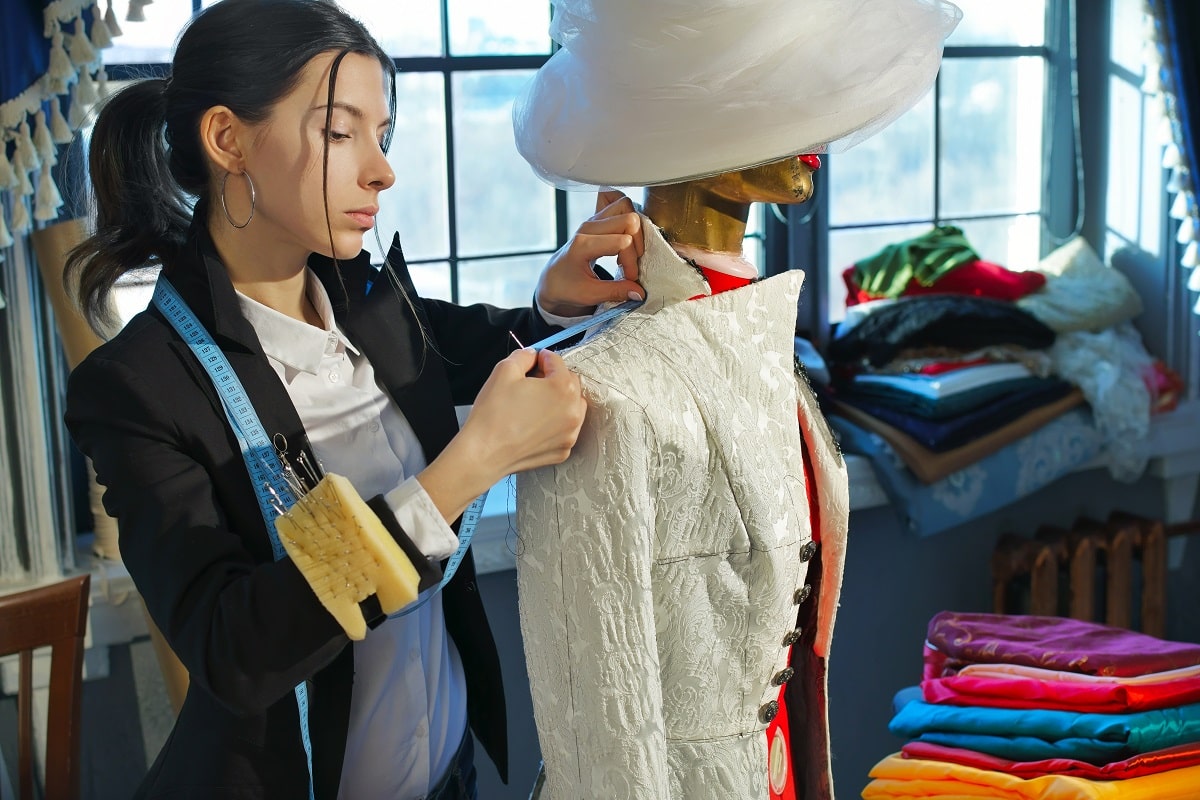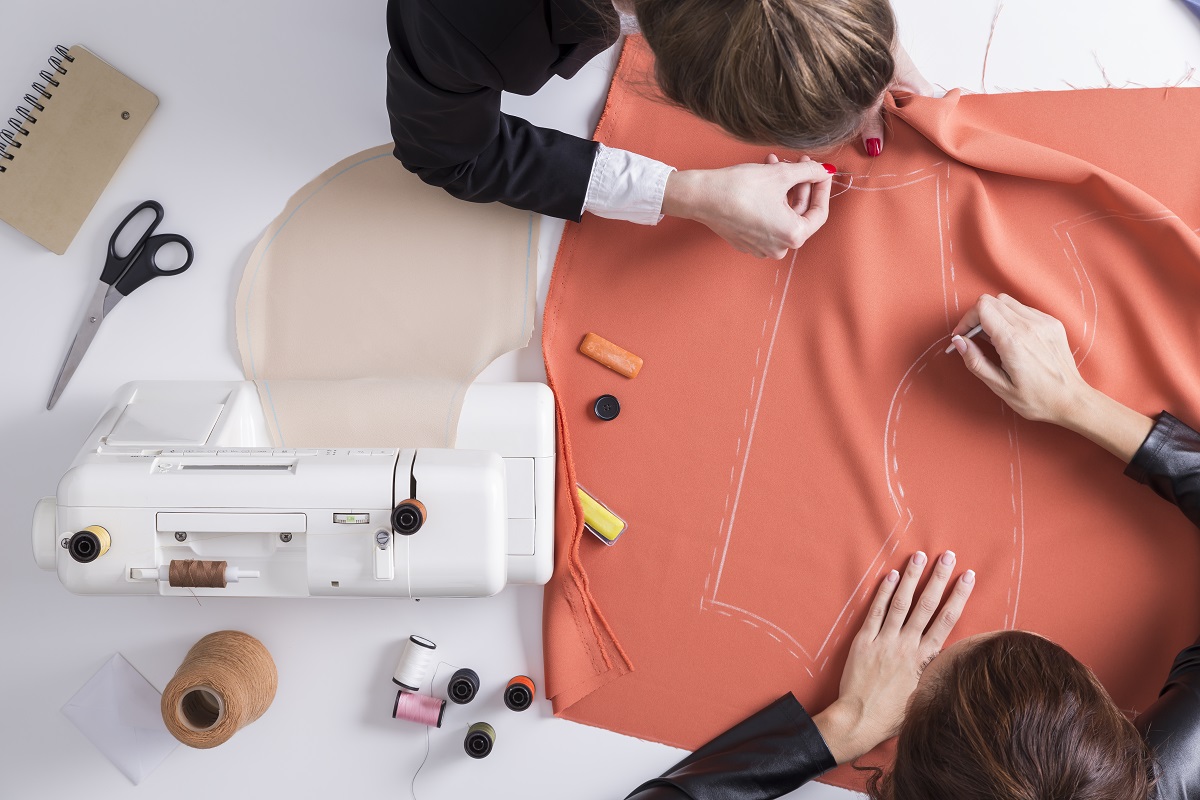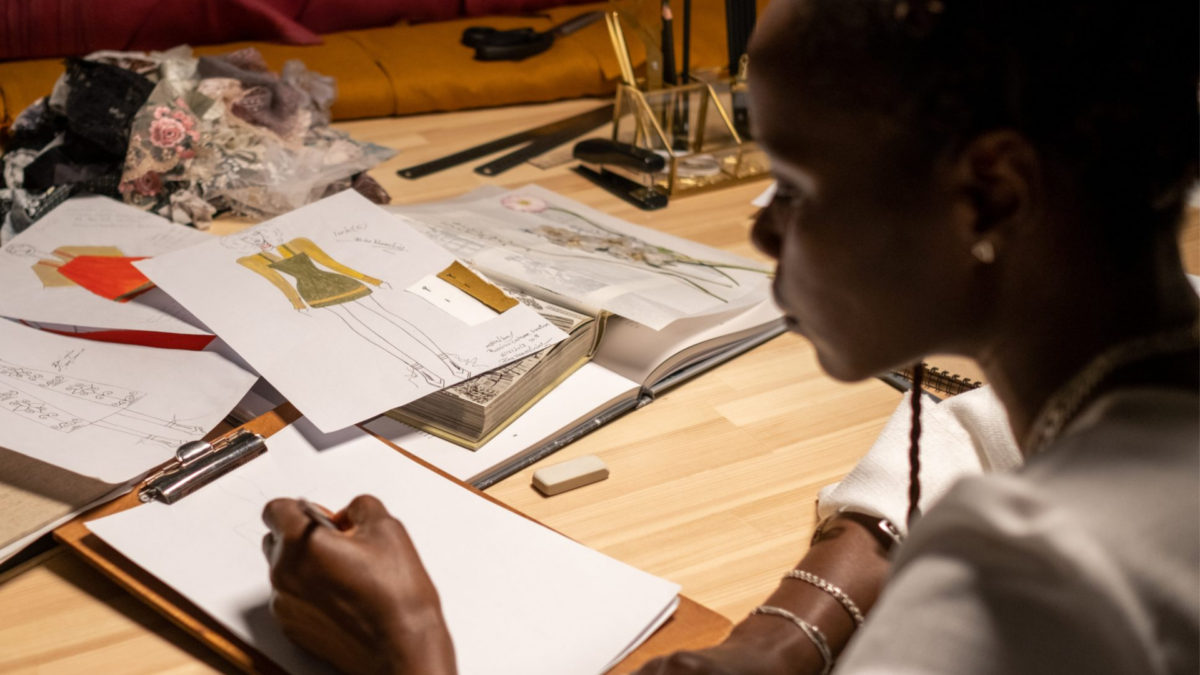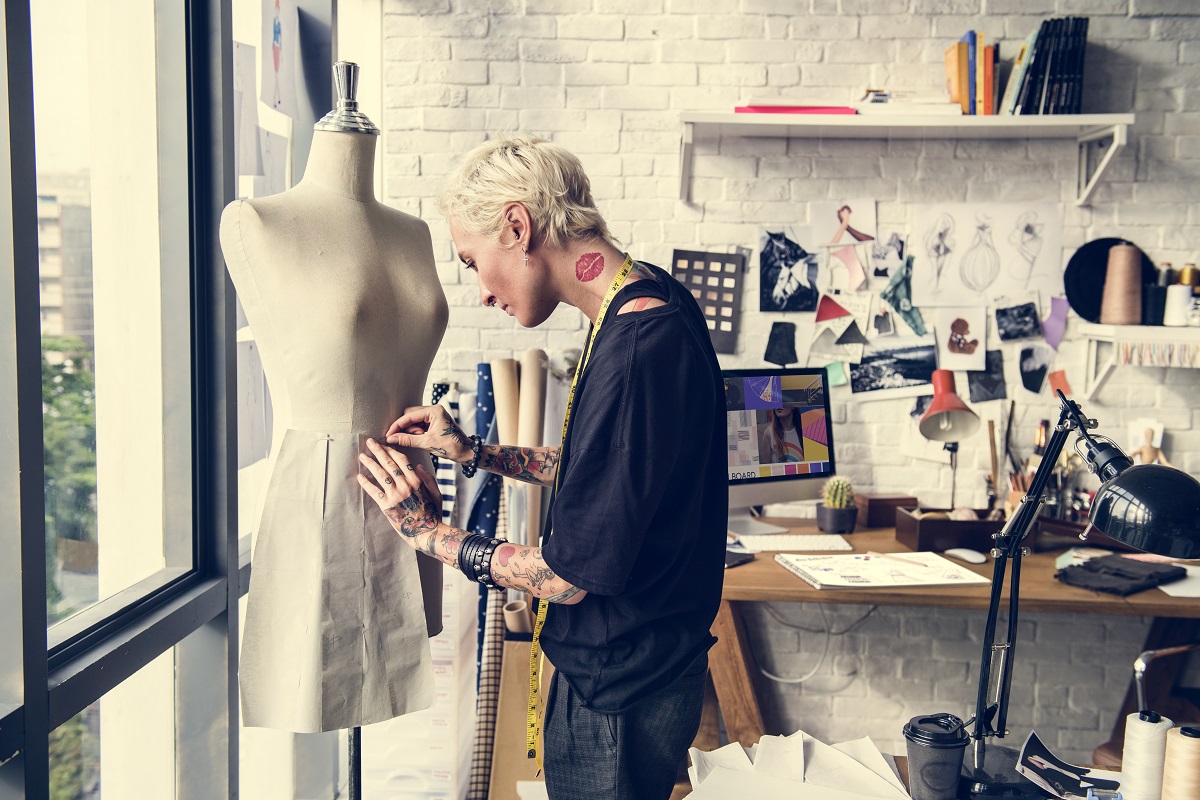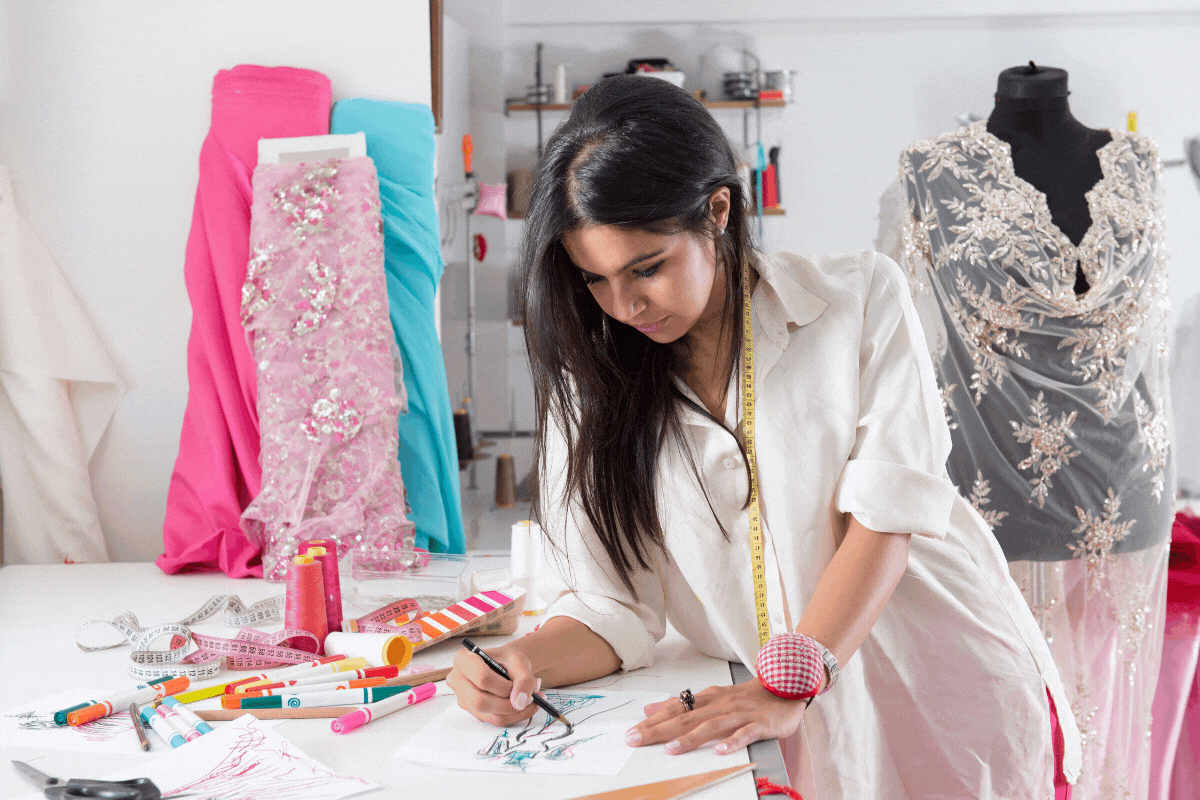Stitching Excellence: 8 Ways to Upgrade Your Fashion Design Knowledge & Skills
In the enthralling universe of fashion design, a realm that’s ceaselessly in motion, staying at the forefront requires an enduring commitment to self-improvement and learning. This is true regardless of whether you’re a novice taking your first step into the field or an industry veteran with years under your belt. There’s always a new technique to grasp, an innovative perspective to comprehend, and an emergent style to interpret. This journey, akin to an ongoing dance with the dynamic rhythm of fashion trends, underpins how you upgrade your fashion design knowledge and skills.
With this comprehension as our stepping stone, let’s venture forth on a shared journey. We’re about to unpack eight critical strategies designed to elevate your fashion acumen, perfectly tailored to the industry’s current demands and future directions. Our goal is to provide a blueprint that keeps you one step ahead, ensuring you’re in sync with the ever-shifting landscape of the fashion world. So, let’s delve into these insightful strategies together, and illuminate the path on how to upgrade your fashion design knowledge and skills. With no time to lose, let’s start this exciting exploration.
Immerse Yourself in Continuous Education
To begin with, never underestimate the power of learning. The fashion industry is perpetually evolving, with new trends emerging at breakneck speed, and technology making waves every so often. Staying in sync with these changes is paramount. Make it your business to take up courses, both online and offline, that help enhance your knowledge. This could range from mastering new design software to understanding the nuances of sustainable fashion.
Diversify your learning sources. Attend workshops and seminars, participate in webinars, sign up for masterclasses with industry experts. The richness of perspective you gain from these experiences can become the spice that gives your designs an edge in a highly competitive market.
Understand the Fashion Business
Fashion design isn’t just about creating stunning outfits; it’s also about understanding the business landscape in which these designs will be marketed and sold. Familiarize yourself with fashion economics, branding, marketing, and even supply chain management. This comprehensive knowledge will provide a broader view of the industry, aiding you to make informed, strategic design decisions.
Remember, the fashion industry isn’t an isolated entity, but a complex ecosystem that intersects with various sectors like technology, culture, and sustainability. By understanding this intricate web, you’re positioning yourself to not just create designs, but also craft successful fashion narratives.
Develop a Signature Style
While it’s essential to be versatile and receptive to various styles, developing your signature design style can act as your unique brand identity in the fashion world. This signature style is your unique aesthetic voice, an authentic expression of your creative vision. Spend time refining this aspect, as it can be your ticket to standing out in a sea of designers.
However, keep in mind that developing a style is not a one-and-done process. It’s a continuous evolution, shaped by your experiences, inspirations, and growth as a designer. So, as you acquire new skills and experiences, allow your style to mature and evolve with you.
Master the Tools of the Trade
While creativity and vision form the soul of fashion design, mastering the tools of the trade forms its body. From sketching and pattern making to draping and sewing, being proficient in these core skills can dramatically elevate your designs. Invest time in perfecting these skills, and don’t shy away from exploring new tools and technologies that could streamline your design process.
Remember, technology is transforming the face of fashion design. Familiarize yourself with digital design tools and 3D design software. This tech-savviness not only increases your efficiency but also opens up a world of creative possibilities that were previously unattainable with traditional methods.
Stay Abreast of Trends
As a fashion designer, you need to have your finger on the pulse of the latest trends. Follow leading fashion shows, subscribe to fashion magazines, engage with fashion blogs and podcasts, and tune in to relevant social media influencers. Having a real-time understanding of what’s hot and what’s not can guide your design process and keep your work relevant and appealing.
However, don’t let trends dictate your designs. The art is in understanding the underlying currents that drive these trends and incorporating these elements into your unique design language. That’s how you create pieces that are both contemporary and authentic.
Network, Network, Network
They say your network is your net worth, and this couldn’t be truer for fashion designers. Foster relationships with fellow designers, models, photographers, fashion buyers, and anyone else who forms the vibrant tapestry of the fashion industry. Attend industry events, fashion shows, and social gatherings that offer a chance to rub elbows with the industry’s who’s who.
Cultivating these relationships can open up a plethora of opportunities, from collaborations and internships to gaining insightful feedback on your work. Remember, every interaction is an opportunity to learn and grow.
Gain Practical Experience
There’s no teacher like experience. Intern with established designers, volunteer at local boutiques, or assist in fashion shows. These experiences offer invaluable insights into the real-world operations of the fashion industry. You get to see how concepts evolve from sketches to finished products, understand the intricacies of production, and learn how to handle the pressures of deadlines and client expectations.
Remember, it’s not just about the glitz and glamour but also about handling the nitty-gritty details that go into creating a fashion piece. So, roll up your sleeves and dive into the trenches. The practical knowledge and hands-on experience you gain will be worth their weight in gold.
Nurture Creativity and Innovation
Lastly, and most importantly, let’s not forget to nourish your creativity. As a fashion designer, the most priceless tool in your kit is your ability to perceive the world from a unique lens, to find inspiration in the everyday, and to craft these ordinary elements into extraordinary designs. Therefore, it’s paramount to cultivate a mindset of curiosity and exploration. Journey across different lands, immerse yourself in diverse cultures, become an avid reader, and engage in creative activities beyond the realm of fashion. Such experiences serve as kindling for your creative fires, adding a unique flavor to your designs.
Innovation is the beating heart of fashion. Don’t shy away from experimenting and testing the limits of tradition. As the iconic Coco Chanel so aptly put it, “In order to be irreplaceable, one must always be different.” Hold tight to your uniqueness, and let it shimmer and sparkle in all your designs.
Charting Your Path in the World of Fashion Design
Well, there you have it. We’ve traversed together through the terrain of fashion design, highlighting eight stepping stones to amplify your fashion design acumen. These building blocks create a robust platform, giving you the solid grounding needed to sculpt a fruitful career in fashion design. As you embark on this exciting voyage, remember: it’s your burning passion, unwavering commitment to learning, and audacious creativity that’ll light the way.
Now, speaking of audacious creativity, it’s time to pull back the curtain and present you with an avenue to unleash your full potential, right from your cozy nest. We believe in you, and we’ve got you covered!
Here’s the scoop: Your quest for refining your fashion design knowledge and skills need not halt here. Consider this guide the prologue to an exciting saga, the preamble to your symphony of design. Learning the intricate dance of running a fashion design business or acquiring any fashion design-related skills can commence right from the comfort of your home. Yes, that’s right! The path to mastery is but a few clicks away.
At Yellowbrick, we’re proud to present our top-tier online Fashion Design Course, curated in conjunction with the esteemed Fashion Institute of Design & Merchandising (FIDM). This meticulously designed program, crafted by the best from FIDM, Women’s Wear Daily (WWD), and other industry heavyweights, is your golden ticket to gain the skills you need to ignite your fashion collection and establish a thriving fashion empire.
Our course presents a rich spectrum of topics—from honing your unique design aesthetic to the journey of an idea from inception to fruition. Learn how to create an impactful mood board, understand the value of preliminary sketches, calculate the ideal price point based on your materials and target market, and confidently curate your final collection pieces.
This wealth of knowledge has been distilled into five comprehensive online modules, each supplemented with practical skill-enhancing activities. You’ll navigate through each 3-5 hour module, subdivided into manageable lessons, at your own rhythm.
And the pièce de résistance? The unprecedented opportunity to absorb insights from industry legends such as Elaine Welteroth, Brandon Maxwell, and Nick Verros, to name a few. Talk about a hard-to-pass offer!
Upon completion, you’ll emerge with a heightened understanding and the necessary skills to navigate the intricate maze of the ever-evolving fashion industry. Moreover, you’ll be awarded a Certificate of Completion from the globally-renowned Fashion Institute of Design & Merchandising (FIDM) to enrich your professional portfolio.
So, if your heart resonates with the rhythm of fashion design and you’re ready to leap forward, consider enrolling in the Fashion Design Course at Yellowbrick today. It’s not merely about learning—it’s about evolving into the fashion designer you aspire to be. Don’t let this opportunity pass you by. Carpe diem!
